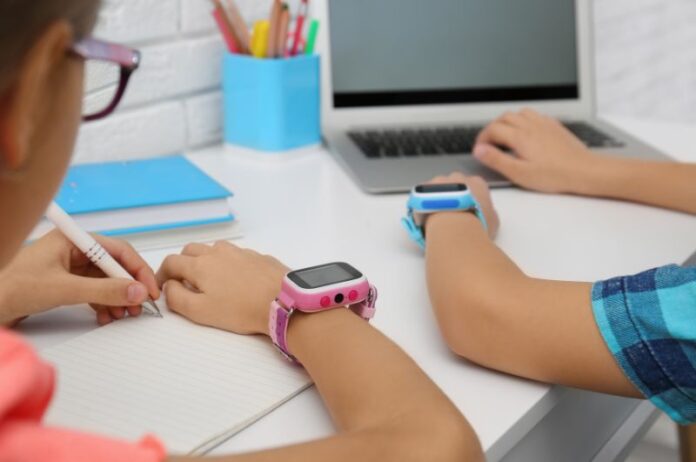California, December 28: A recent Stanford School of Medicine study reveals that smartwatches offer significant help to medical professionals in detecting and diagnosing abnormal heart rhythms in children. Researchers based their findings on an analysis of electronic health data from Stanford Medicine Children’s Health’s heart-conditioned children. Communications Medicine published the study.
Smartwatches in Clinical Use
Over four years, medical records mentioned “Apple Watch” 145 times. In these records, doctors identified 41 kids with irregular cardiac rhythms, which traditional diagnostic techniques confirmed. Notably, 29 of these children received their first arrhythmia diagnosis.
Senior study author Scott Ceresnak, MD, a paediatric cardiologist at Stanford Medicine, expressed his surprise at the frequency of arrhythmias the standard monitoring missed and the watch detected. He noted the significant impact of new technology on patient care. Aydin Zahedivash, MD, a clinical instructor in paediatrics, led the study.

Nature of Detected Arrhythmias
Ceresnak clarified that most detected arrhythmias were not life-threatening. However, they could cause symptoms like a racing heartbeat, dizziness, and fainting.
Challenges in Diagnosing Paediatric Arrhythmias
Doctors historically struggled with two main issues in diagnosing children’s cardiac arrhythmias. The first is the inadequacy of cardiac diagnostic devices for children. In the past, children wore a Holter monitor, similar in size to a smartphone and connected to the chest via wires and electrodes, for 24 to 48 hours. Modern event monitors, which are more comfortable and wearable for weeks, still face issues like early detachment and skin irritation from adhesives.
The second challenge lies in the unpredictability of arrhythmias in children, who may experience months between episodes, complicating diagnosis.
Case Study: Connor Heinz
Connor Heinz, who started experiencing racing heartbeats at age 12, and his family encountered these challenges. An adhesive monitor irritated him, and his irregular heart rhythms occurred only once every few months. Ceresnak, suspecting the cause of these rhythms, suggested that Connor and his mother, Amy Heinz, use her smartwatch to record his heart rhythm during an episode. This approach offered a new avenue for monitoring and diagnosing Connor’s condition.



